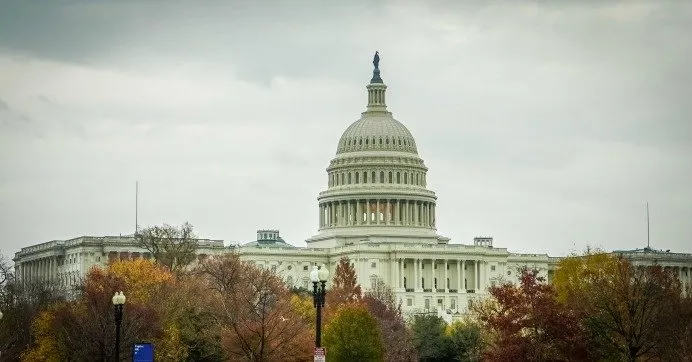U.S. Approves $1.2 Billion in Grants for Innovative Carbon Capture and Storage Projects

USA, September 11, 2023: In a significant stride towards combating climate change, the United States has greenlit grants totaling USD 1.2 billion for two pioneering Direct Air Capture and Storage (DAC) facilities, poised to revolutionize the battle against carbon dioxide (CO2) emissions. These projects, located in Louisiana and Texas, aim to extract one million tons of CO2 annually from the atmosphere and securely store it deep underground.
The newly approved grants represent a substantial investment in innovative carbon capture and storage technology. However, it is worth noting that the profitability of such endeavors remains elusive, and existing solutions have yet to prove their efficiency. The market for sequestering CO2 at the source of industrial emissions is still in its infancy. Investors in DAC, a technology dedicated to removing CO2 directly from the air, face an uphill battle due to the substantial costs associated with carbon removal.
Despite these challenges, proponents of DAC hold that the landscape could change significantly with the rising demand for synthetic fuels, which can be manufactured using captured CO2. Carbon's versatile applications span industries, including concrete production, diamond synthesis, and even vodka production.
The third approach to carbon sequestration involves sustainable land management practices that enhance soil's ability to absorb carbon through the promotion of photosynthesis in agriculture and forestry.
However, critics argue that the carbon capture and storage (CCS) industry might provide an excuse for the fossil fuel sector to perpetuate oil, gas, and petrochemical production. They contend that public funding should be prioritized for the transition to clean energy and other decarbonization efforts.
Recognizing the importance of DAC for long-term storage in mitigating climate change, the United Nations Intergovernmental Panel on Climate Change (IPCC) has underscored its significance. The United States is determined to lead in this field and is in direct competition with the European Union to attract investments and support for DAC projects.
Moreover, CO2 captured through DAC can also be transformed into solid forms, including rock.
The Department of Energy in Washington, D.C., has just announced the initial winners in its DAC program, allocating a substantial portion of its USD 3.5 billion budget for research and studies. The selection of the final two hubs is slated for the coming year.
One of the triumphant projects, the South Texas DAC Hub, is spearheaded by a subsidiary of Occidental Petroleum (Oxy) known as 1PointFive. In collaboration with Carbon Engineering and WorleyParsons, this project envisions a cutting-edge complex in Kleberg County, Texas, designed to store sequestered CO2 more than three kilometers underground, including CO2 captured from industrial facilities along the Gulf of Mexico coast.
The second winning project, the Project Cypress DAC Hub, is taking shape in southwest Louisiana. This endeavor is steered by the private nonprofit scientific organization Battelle Memorial Institute, in partnership with Climeworks and Heirloom Carbon Technologies. Notably, Heirloom Carbon Technologies is pioneering methods for mineralizing carbon, similar to the world's largest CCS facility in Iceland, which is operated by Climeworks.
Both projects are committed to relying on renewable energy sources and aspire to achieve an annual capacity of one million tons of CO2 removal. The developers of the South Texas DAC Hub have even grander plans, envisioning the expansion of the site to accommodate 29 additional carbon removal units, ultimately targeting an annual capacity of 30 million tons and estimating a storage potential of three billion tons.
These groundbreaking hubs are expected to provide employment opportunities for approximately 5,000 people. Crucially, neither project is intended for enhanced oil recovery, a process where captured CO2 is injected into nearly depleted wells to extract the remaining oil.
As the United States pushes forward with these visionary DAC projects, it stands at the forefront of the global effort to address climate change by harnessing innovative technology and creative solutions. The grants awarded to these ventures signal a pivotal step towards a more sustainable future, where carbon capture and storage play a crucial role in reducing greenhouse gas emissions and combating the climate crisis.




 Industry Inscript is a subsidiary of Valiant and Company Ltd.
Industry Inscript is a subsidiary of Valiant and Company Ltd.
Comments ()